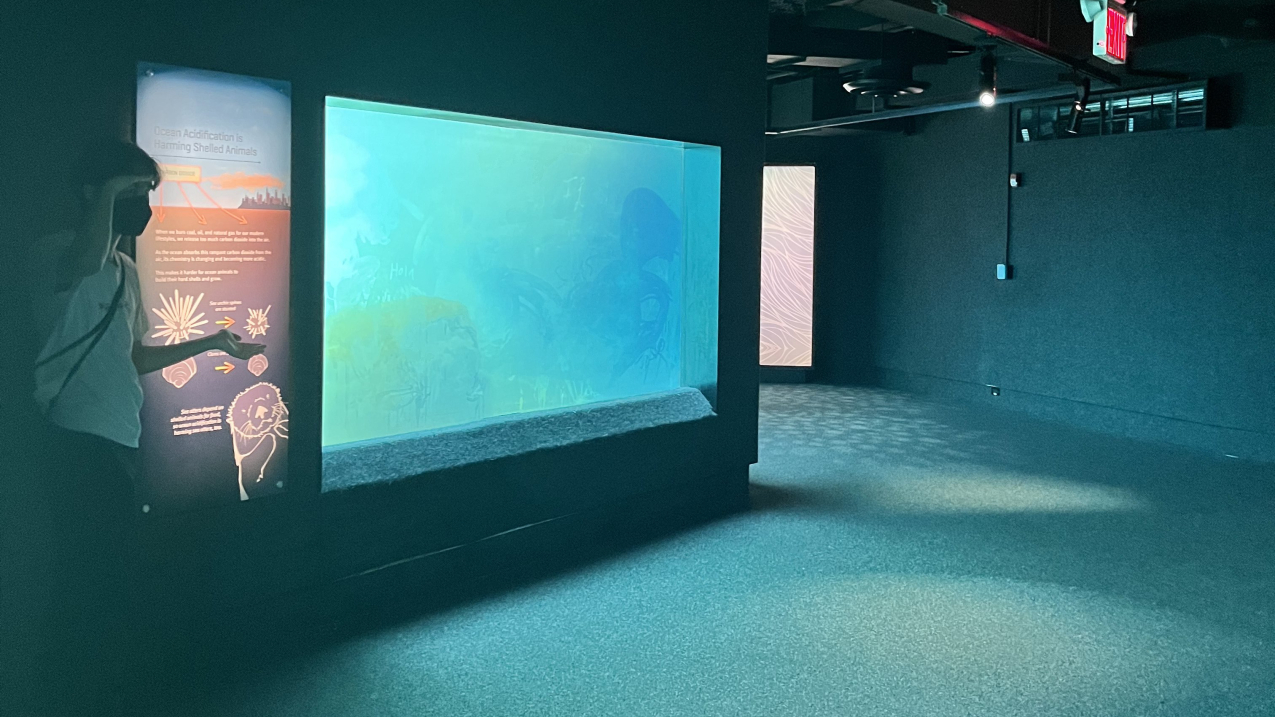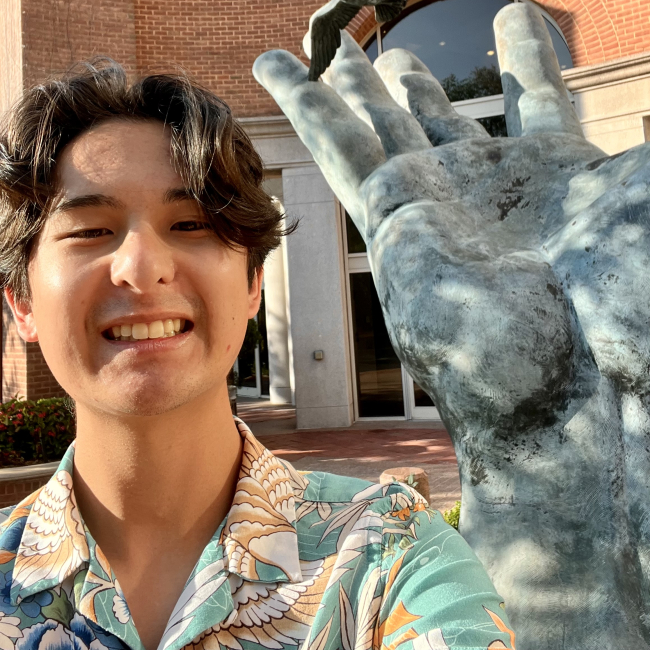Ocean acidification (OA) is one of the most imposing, yet still misunderstood, threats to our coasts. Even within aquariums, it can be hard to find detailed information about OA. This is a huge missed opportunity, especially as aquariums serve as one of the best places to not only educate people on marine issues, but also center issues in the affected communities. Indeed, the clock is ticking: OA is already becoming increasingly devastating ecologically, economically, and culturally. Yet, there is still an opportunity to mitigate much of the worst effects … if we act now. Thus, to enable equitable and sustainable change, it is vital to connect with people through OA communication that engages and empowers people to take action, especially in the most at-risk regions.

Ocean acidification communication in aquariums faces a lot of barriers, even including a lack of guest interaction. While at the ocean acidification display at the New York Aquarium, Isaac Olson, a 2022 Hollings scholar, wonders why there is not a single visitor in sight. (Image credit: Shruthika Kandukuri)
That’s why, as a class of 2022 Hollings Scholar, I worked with NOAA’s Ocean Acidification Program, the Aquarium Conservation Partnership offsite link, and the International Alliance to Combat Ocean Acidification offsite link on a project to address that knowledge gap. We created a suite of six StoryMaps intended for use in aquariums offsite link to educate, empower, and engage guests. Each StoryMap focuses on a different region in the NOAA Coastal Acidification Network (Alaska, the California Current, the Gulf of Mexico, the Southeast, the Mid-Atlantic, and the Northeast). Users can explore OA trends, impacts, and responses in their region, and learn how they can take action at both an individual and community level. The StoryMaps themselves are also highly adaptable for use by educators, community organizations, marine learning centers, and other groups: sections can be turned into interactive displays, sent out as virtual learning resources, and even uniquely individualized to increase community relevance.
Explore this StoryMap for OA in Alaska offsite link, or check out our full collection offsite link of StoryMaps!

Isaac is a 2022 Hollings scholar studying biological/chemical oceanography and environmental studies at the University of Washington.



